You may have heard of ď600 ruleĒ in astrophotography. It, although kind of too optimistic, is useful to determine the maximal safe length of exposure you can keep stars clear. 600 divided by the effective focal length is what you can keep star streaks unnoticeable. For a 300 mm lens, for example, to keep each exposure shorter than 2 seconds is recommended.
For darker objects, stacking and an equatorial mount are usually required. Itís also bothersome to stack a pile of short-exposed RAW files. To make things easier, an equatorial mount is almost mandatory, even though it is not only heavy but costly.
PENTAX comes to save you, dude.
PENTAX leverages itís Shake Reduction (SR) System maximally. In addition to reducing moire and compiling 4 continuous photos by Pixelshift to enable super-resolution, it can also simulate an equatorial mount. Sure, it has exposure limitations compared to a real equatorial mount, but it truly enables PENTAX to top other competitors in terms of astrophotography.
In brief, the PENTAX astrotracer utilizes GPS and let the sensor move according to Earth rotation, making simulation of an equatorial mount possible.
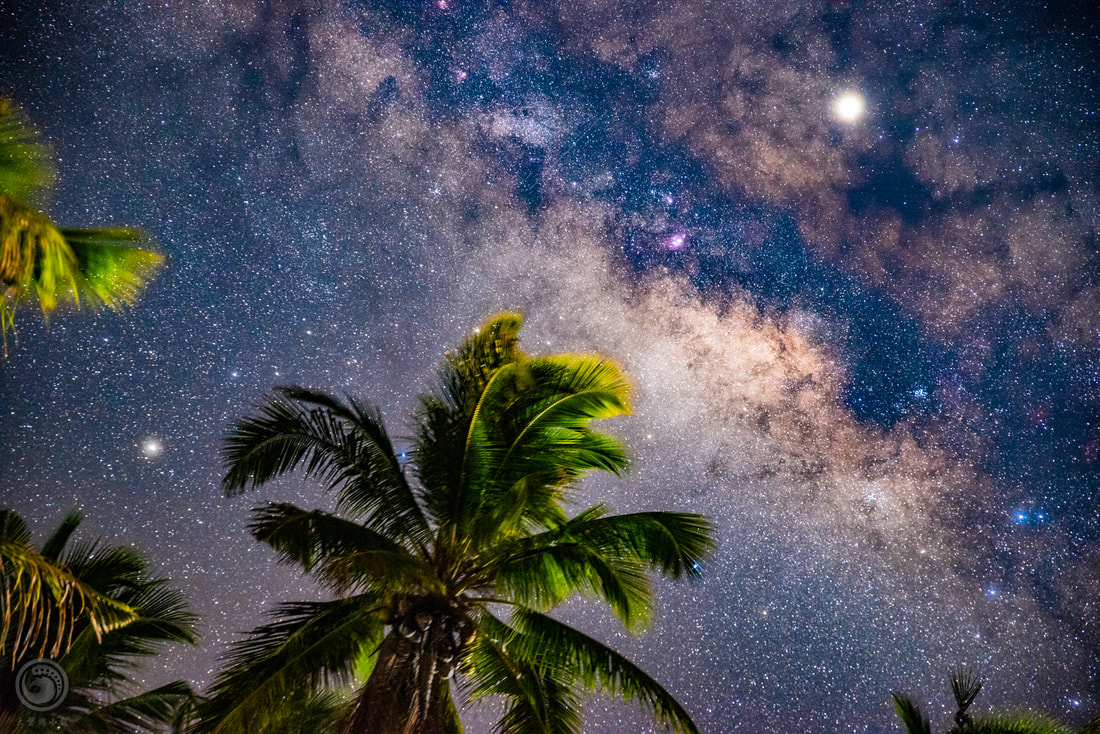
The Milky Way, Jupiter, Saturn, and the tail of Scorpius.
55mm, F2.8, ISO 6400, 30s, single shot
PENTAX K-1 ii, DFA 24-70
With astrotracer
Taken in Nacpan beach, El Nido, Philippines.
Among high-end models of PENTAX, only K-1, K-1 ii, (FF) and K-3 ii (APS-C) are equipped with GPS. Other models should be paired with a small accessory called O-GPS1 mounted on the hot shoe. After turn on the GPS and astrotracer and calibrate, one can enjoy tracking stars. Donít forget to press the green bottom to shift B mode to astrotracer mode.
The camera will limit the maximal length of exposure according to the focal length. For example, a camera without astrotracer mounted with a 300 mm lens can go without star streaks in 1-2 seconds, but PENTAX makes it possible to shoot for up to 50 seconds in a single shot. For wide angle lenses, the limitation is up to 5 minutes. Now you can happily live without an equatorial mount, LOL.
Have you ever shoot galaxies with an ultra-wide lens? XD
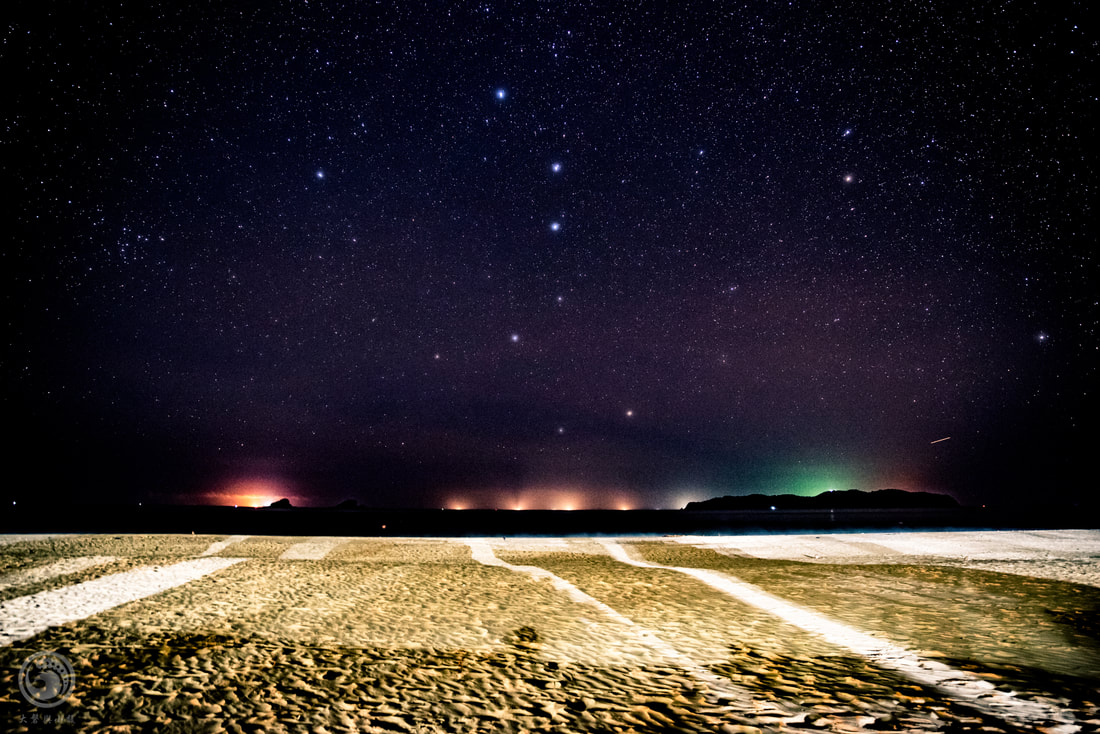
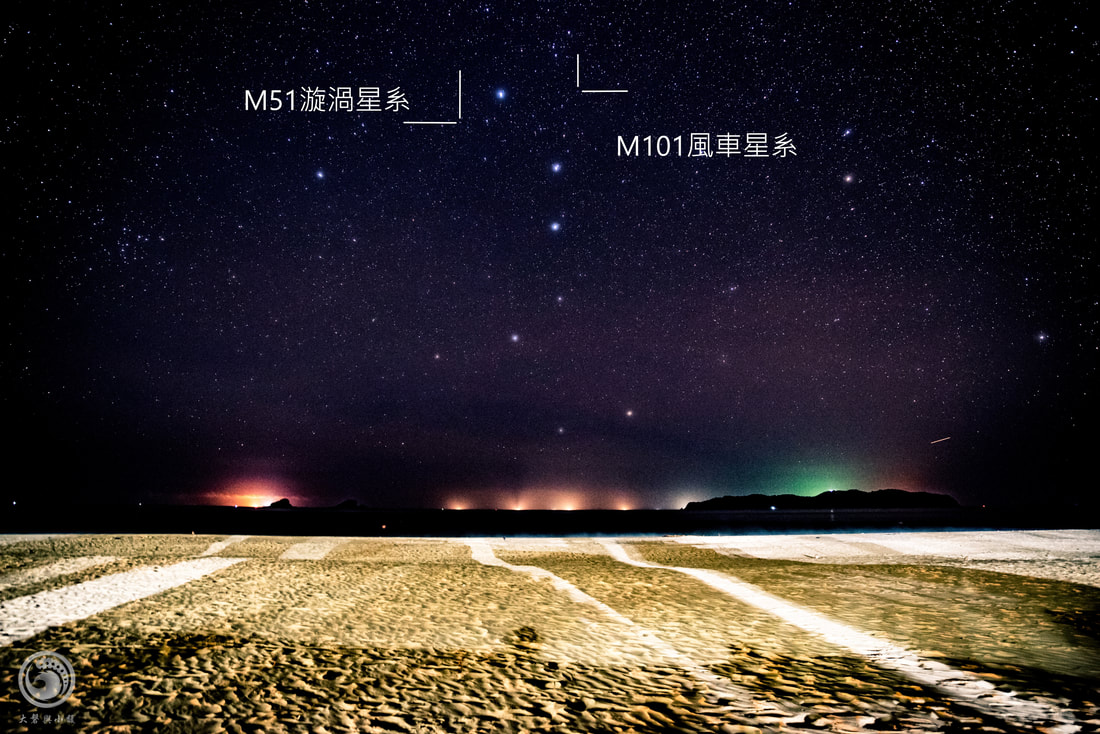
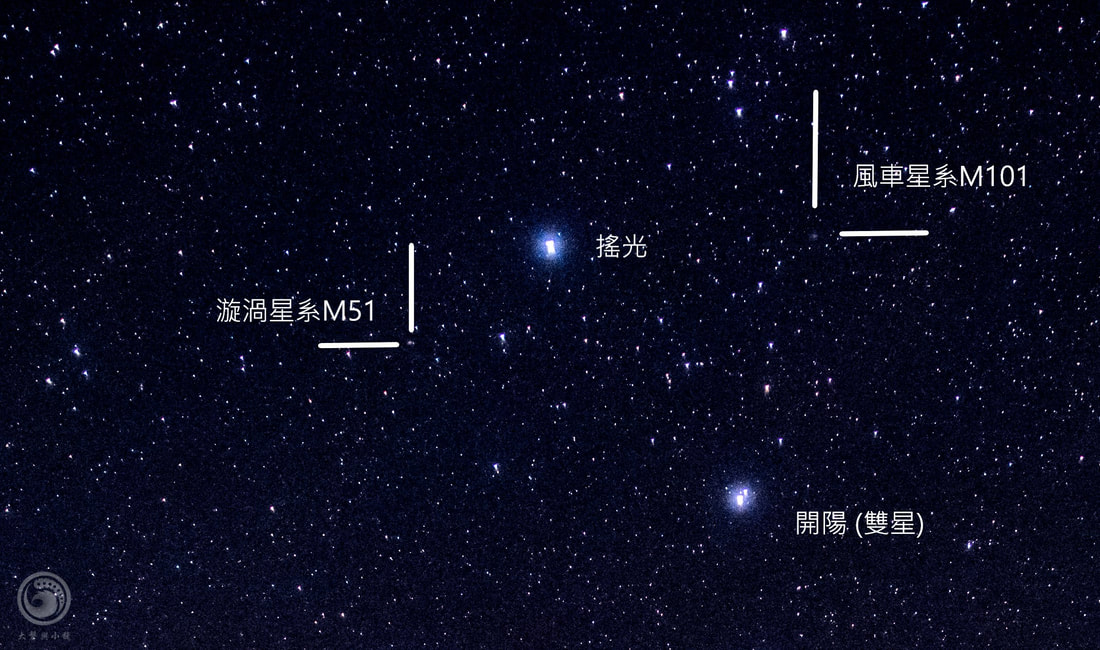
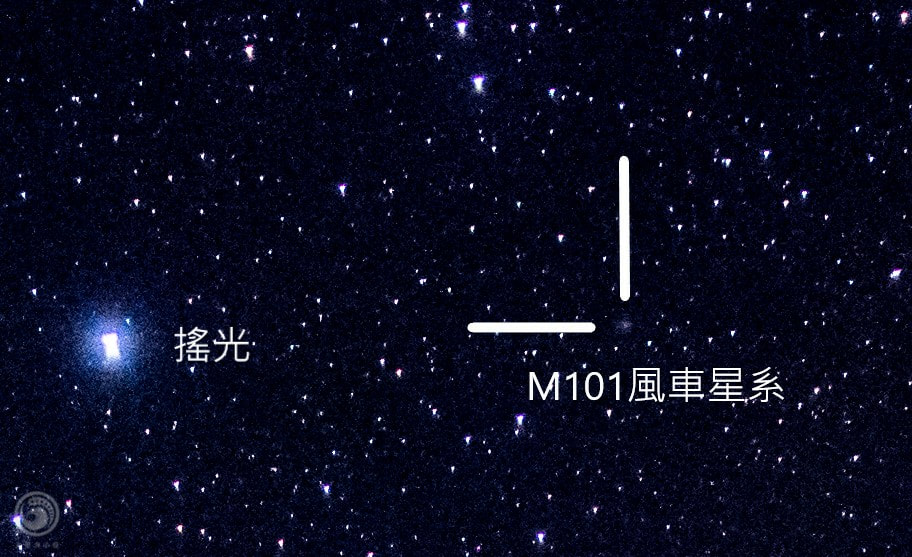
More photos in El Nido, Philippines......
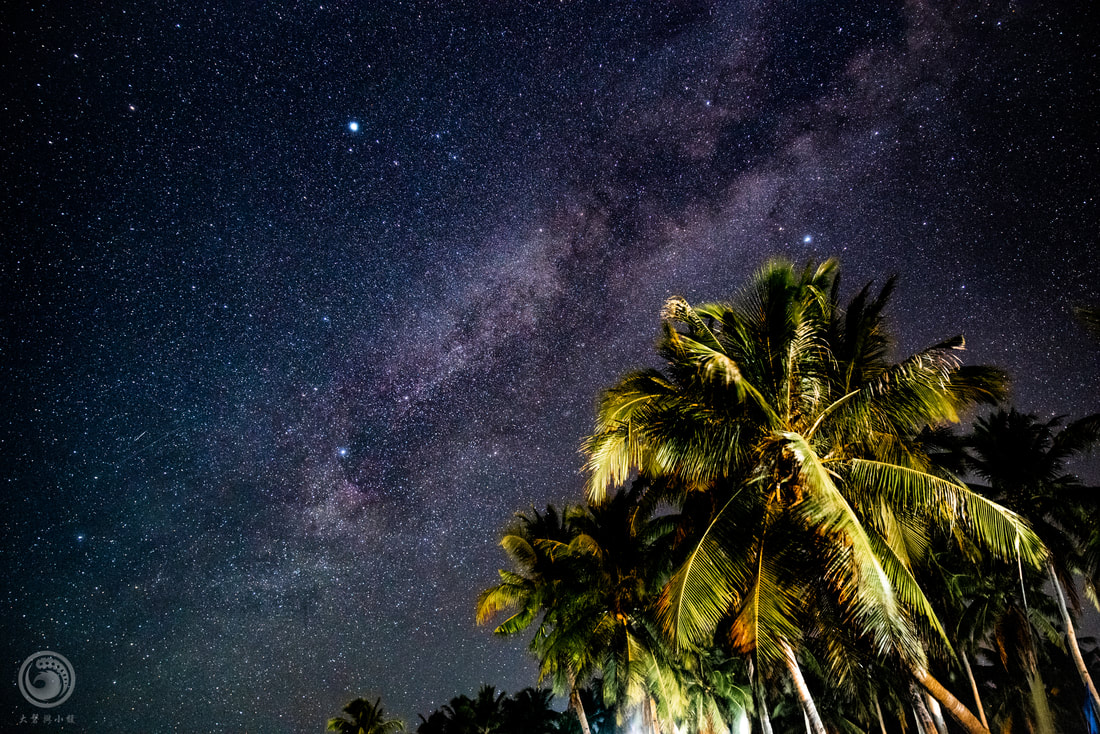
24mm, F2.8, ISO 12800, 20sec, single shot
PENTAX K-1 ii, DFA 24-70
With astrotracer
Nacpan beach
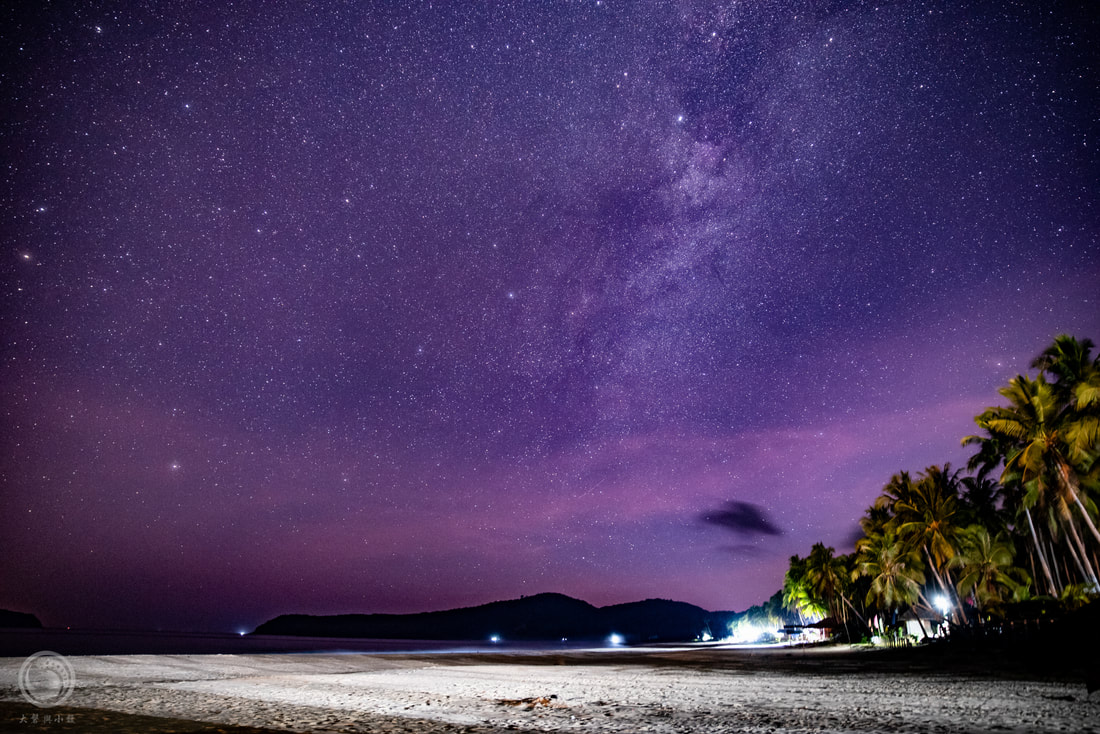
24mm, F2.8, ISO 3200, 30sec, single shot
PENTAX K-1 ii, DFA 24-70
With astrotracer
Nacpan beach
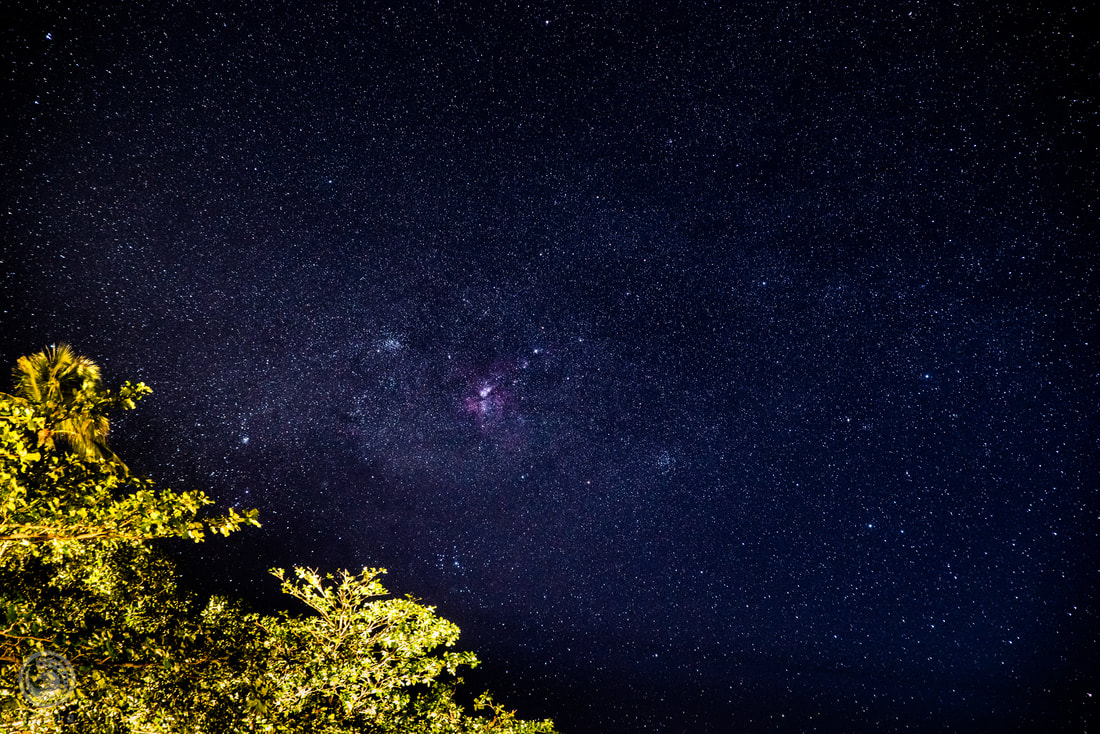
Carina Nebula (NGC 3372)
70mm, F3.5, ISO 1600, 20sec, single shot
PENTAX K-1 ii, DFA 24-70
With astrotracer
Lio beach
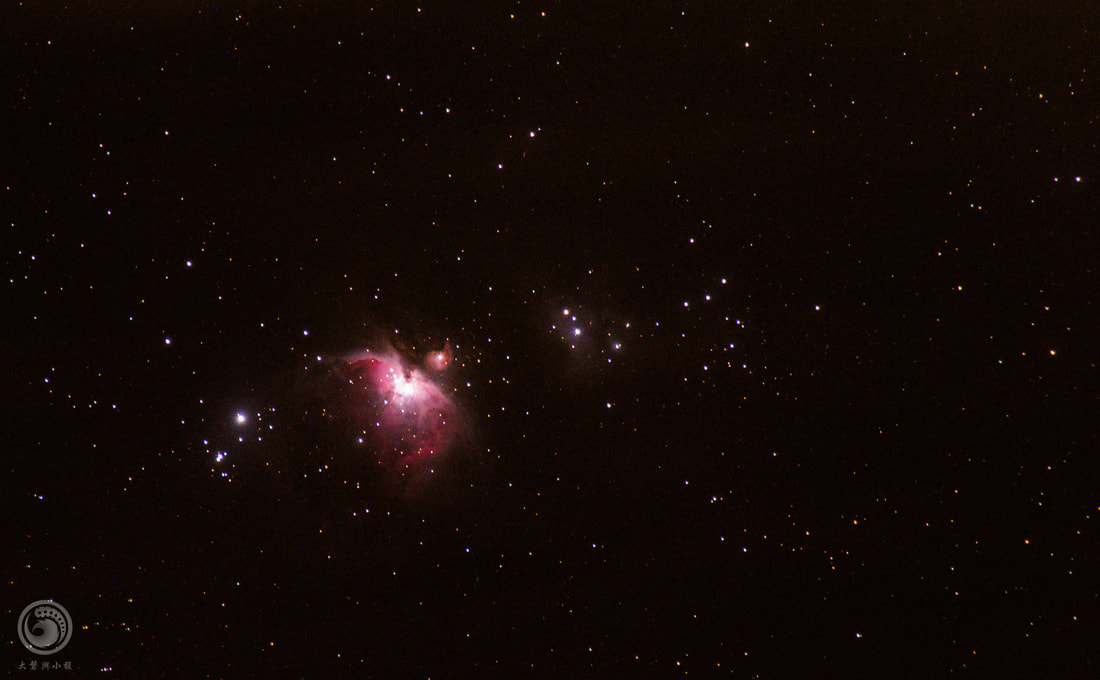
Orion Nebula M42
Stacked by DSS
PENTAX K-1 ii, DA 55-300 PLM
With astrotracer
Lio beach
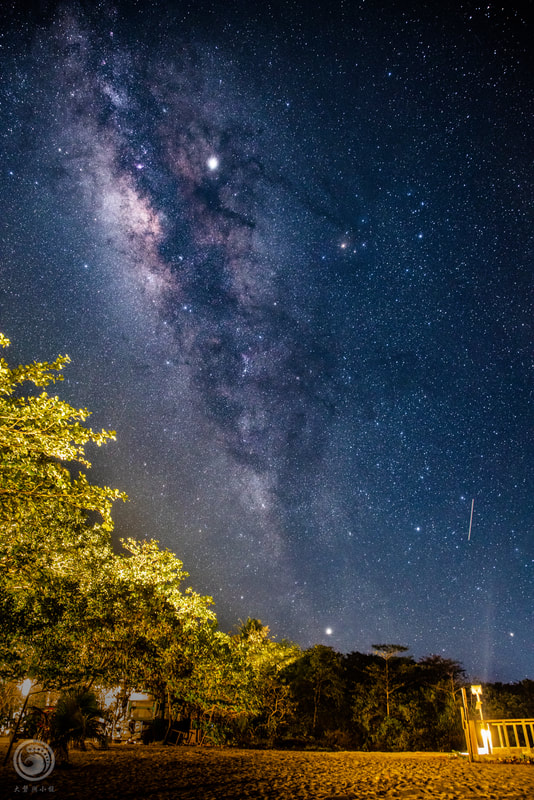
Scorpius and The Milky Way
24mm, F3.2, ISO 1600, 30sec, single shot
PENTAX K-1 ii, DFA 24-70
With astrotracer
Lio beach
--
Blog
Facebook |











